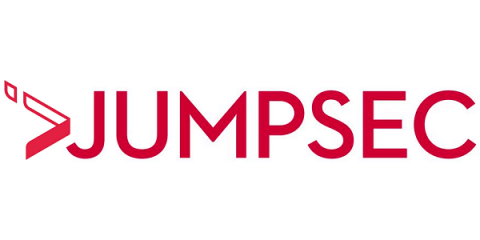Device management blind to 125 percent increase in financial sector phishing attacks
As guardians of valuable monetary assets and highly sensitive data, financial institutions are the perfect target for cybercriminals. According to IBM, the financial services sector was the number one target of cyberattacks in 2020 among all industries. This means these organizations continue to be challenged and invest heavily in both people and technology to make sure they can withstand attacks of any type.











